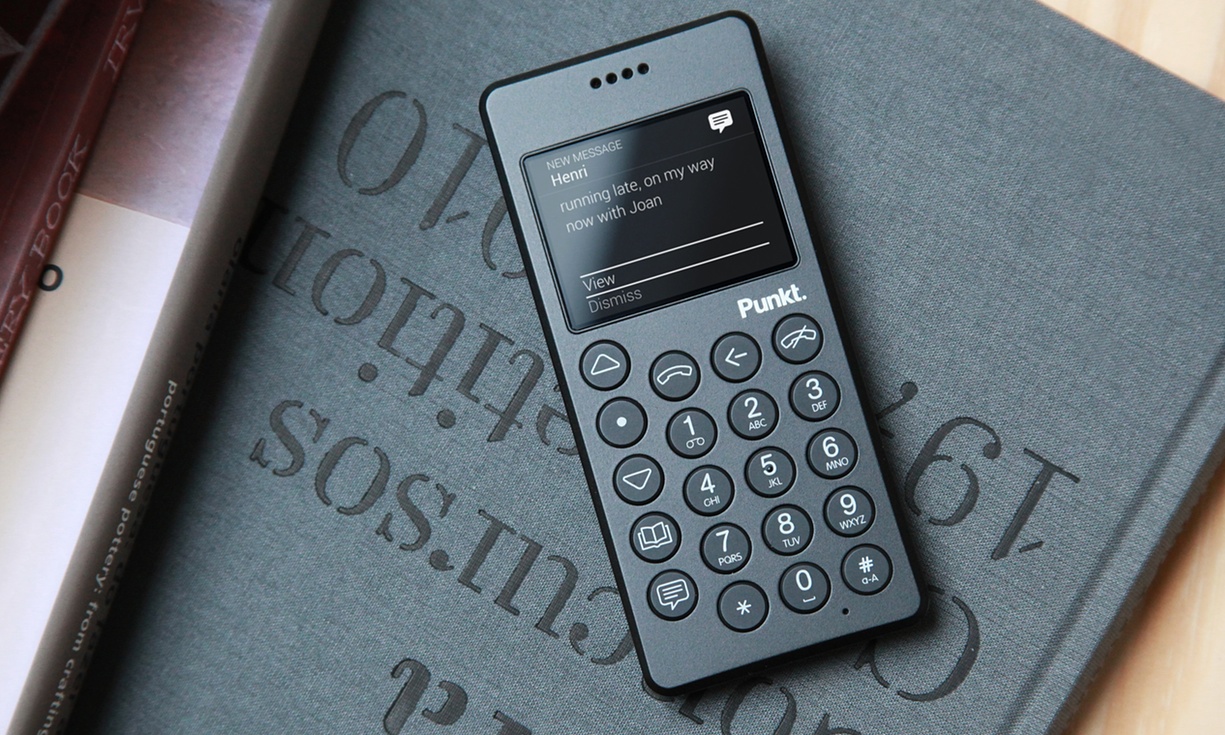Smart phone, dumb battery.
That is the current pain point many of us will be familiar with. We all have very powerful and capable phones, but have short battery lives which frequently mean we have to use these many capabilities sparring in order not to end up with a dead phone when you most need it.
The introduction of fast charging helps in part.
But why can’t designers design phones that lasts longer? This is pretty much the appeal of so-called dumb phones which typically lasts days or weeks.
So I would like to propose a few ideas to address this. So here goes.
- Bigger battery. D’uh. We don’t need ever slimmer phones. It is ok for phones to be a little thick to allow for longer battery life.
- Monochrome screens – no fancy stuff, just light colour text on black backgrounds a’la the Punkt MP01 phone. This should reduce a lot of the energy requirement by the screen. We can keep the touch screen ability too.
- Lock down services. We still like the google services like contacts, calendars etc, so we would like to keep this – but lock down other apps, notifications and stuff from the google play store. Perhaps it is worth dumbing-down the phone a bit, and leave only the essential google apps to allow you to get through the week without charging. All apps will need to conform to the monochrome requirement.
- A flip phone with both an OLED and EPD (electronic paper display) screens. The YotaPhone does this quite well, but shame it didn’t catch on.
- If you must have a browser – strip it down to only test / readability / instapaper mode. i.e. disable the rich graphics and animations – just deliver a browser that presents you with just the text that you want to read. Better if it is also presented on the EPD screen.
- Have a nice robust design, but don’t make it too expensive. The Punkt MP01 phone is a very nice phone, but I think the price point is more than what many will be willing to pay for.

